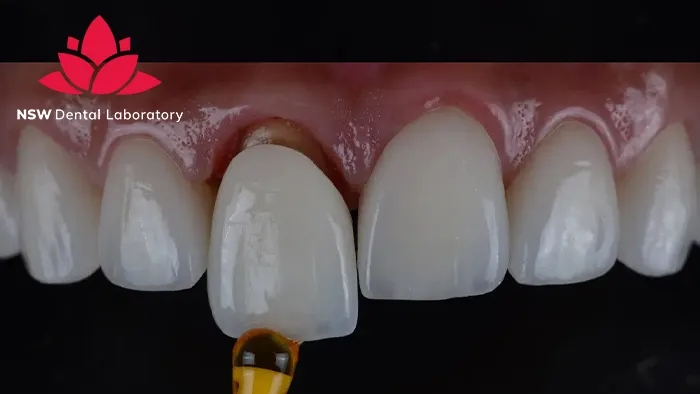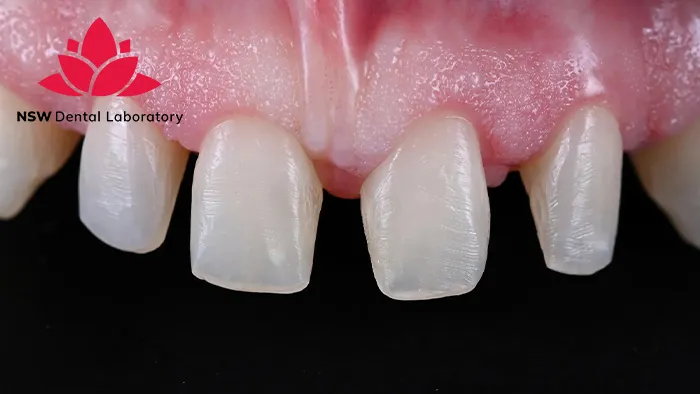Dental Crowns and Bridges: What Is The Best Solution?

Tooth damage or loss is a common condition that significantly impacts chewing function, speech, and aesthetics. Dental crowns and bridges are versatile restorations that can transform your smile and restore dental function. Determining the treatment you may need is one of the first steps in getting your oral health back on track.
In this blog post, we will cover everything you need to know about Dental crowns and bridges, including their definition, types, benefits, and how NSW Dental Lab can help you achieve a healthy, beautiful smile.
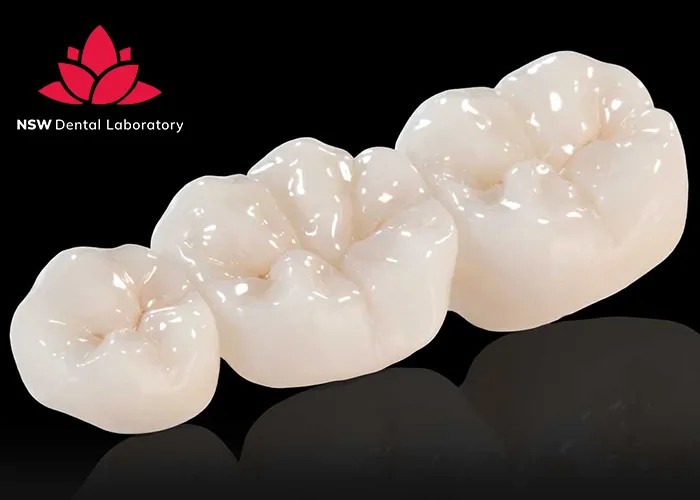
What Are Dental Crowns and Bridges?
Dental Crown
A Dental Crown is a tooth-shaped cap placed over a natural tooth to protect it and restore its shape, chewing function, and aesthetics. Additionally, crowns are used to anchor dental bridges, protect teeth after root canal treatment, or cover dental implants. They are commonly recommended for teeth that are decayed, damaged, weakened, fractured, or discolored.
Dental crowns can be made from various materials, including porcelain, metal, zirconia, acrylic, or a combination of these, to suit different purposes depending on the tooth’s location and aesthetic requirements.
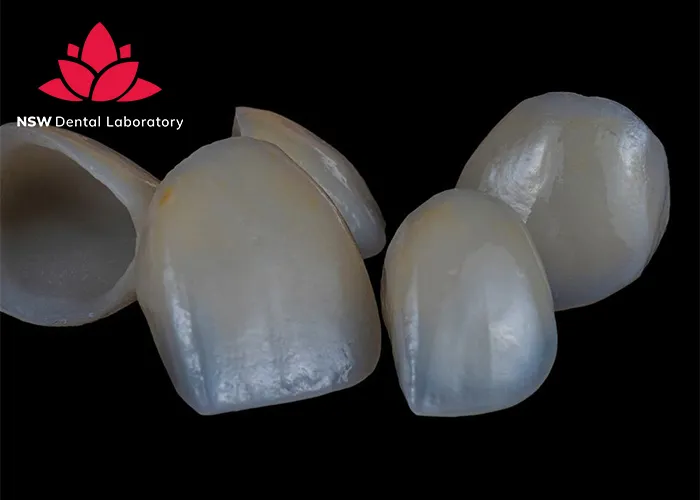
Types Of Dental Crowns
- Metal crowns are one of the oldest dental crown types available. Made primarily of metals like gold, palladium, nickel, or chromium, this dental crown type is known for its durability and strength. While they might not be the first choice for those looking for a natural appearance, they are often used for molars hidden at the back of the mouth. Their resilience makes them stand out among the different tooth crown types.
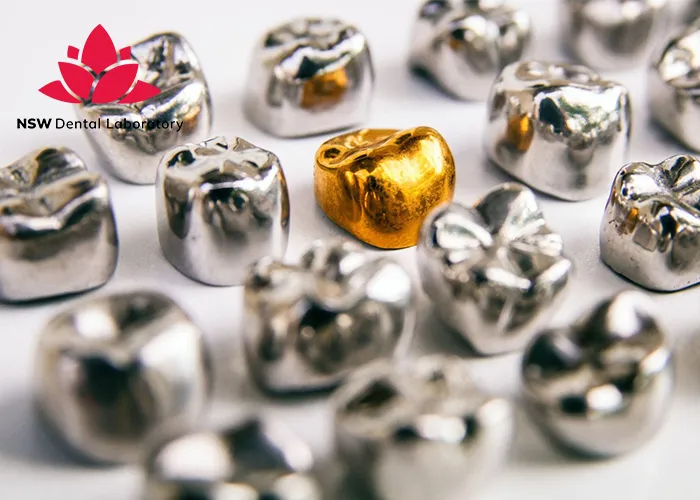
- PFM crowns are a hybrid between metal and porcelain crowns. They combine the strength of metal with the aesthetic appeal of porcelain. This dental crown type offers a balance between durability and appearance, making it a popular choice among the types of dental crowns available.
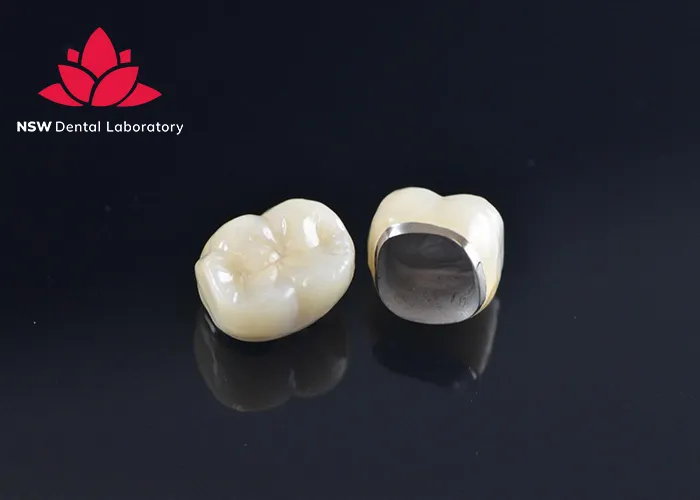
- Zirconia crowns are a relatively newer addition to the dental crown material types. Made of zirconium oxide, they are extremely durable and offer a natural appearance. Their strength and aesthetics make them stand out among the different types of dental crown materials.

- All-porcelain crowns, like all ceramic crowns, offer a high degree of natural appearance. They are one of the dental crown types that are both biocompatible and resistant to temperature changes. Their aesthetic appeal makes them a favorite among dental crowns of different types.
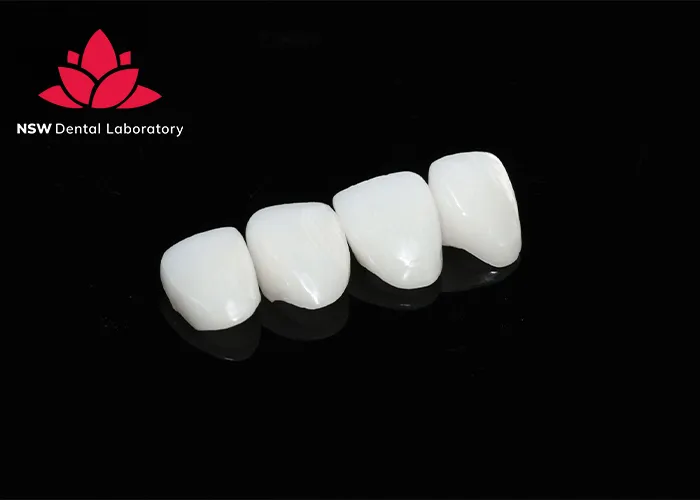
All-Porcelain Crowns
- All-resin crowns are among the more affordable dental crown material types. Made entirely of composite resin material, they provide a natural appearance but might not be as durable as some of the other types of dental crown materials. They are a good option for those on a budget.
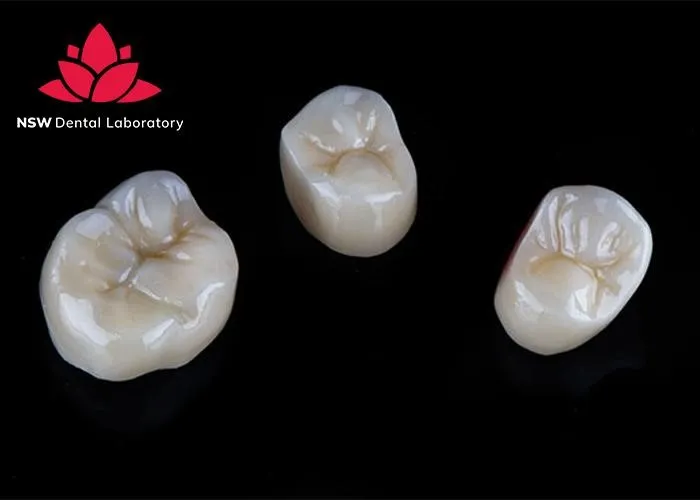
All-Resin Crowns
Dental Bridge
A Dental Bridge is a restoration that spans the gap left by one or more missing teeth. It is supported at both ends by adjacent teeth and features a false tooth (or teeth) in the middle, designed to blend seamlessly with natural teeth and remain permanently fixed in the mouth.
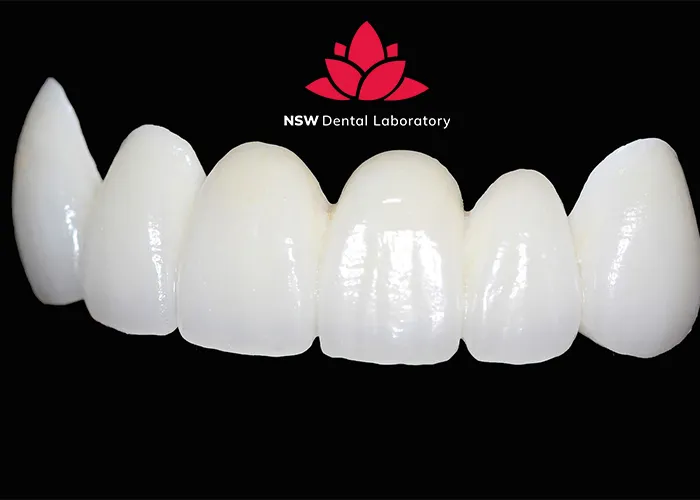
A dental bridge helps restore chewing function, enhances aesthetics, and maintains the stability of surrounding teeth by preventing them from shifting into the space left by missing teeth. Similar to dental crowns, bridges can be made from various materials such as porcelain, metal, zirconia, acrylic, or a combination of these.
While a dental bridge can be an effective solution for restoring a complete smile after tooth loss, it requires preparing the adjacent teeth, which may not be ideal for patients who wish to preserve their natural tooth structure.
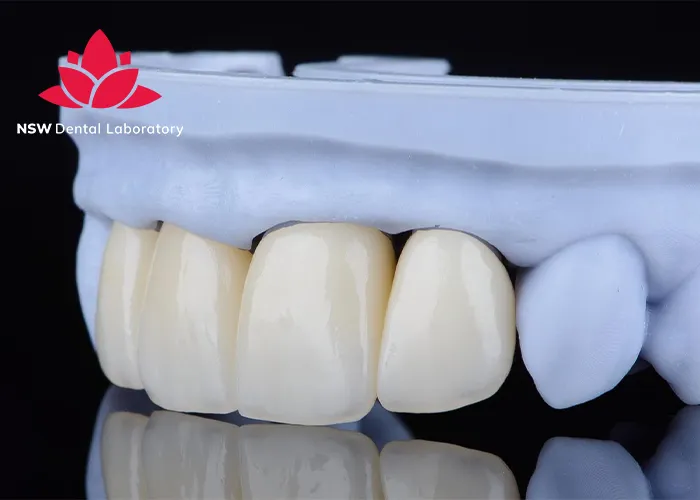
Types Of Dental Bridge
- A traditional bridge consists of dental crowns that are permanently attached to natural teeth at both ends, called abutment teeth, with a pontic (false tooth) in the middle. This is the most commonly used type of dental bridge, designed to restore function and aesthetics by replacing missing teeth.
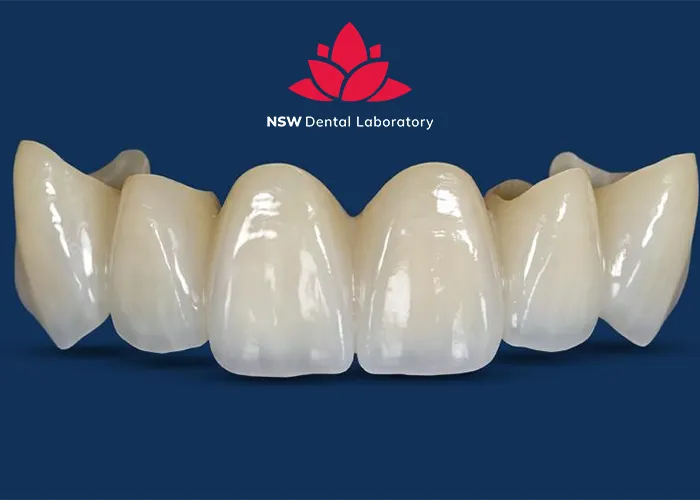
- A Cantilever Bridge is similar in structure to a traditional bridge but differs in its support system. While a traditional bridge is anchored on both sides with crowns, a cantilever bridge is supported on only one side. This makes it less invasive, easier to install, and ideal for cases where there is only one healthy tooth next to the gap that can provide support, but it is less balanced and stable than a traditional bridge because it is supported on only one side.
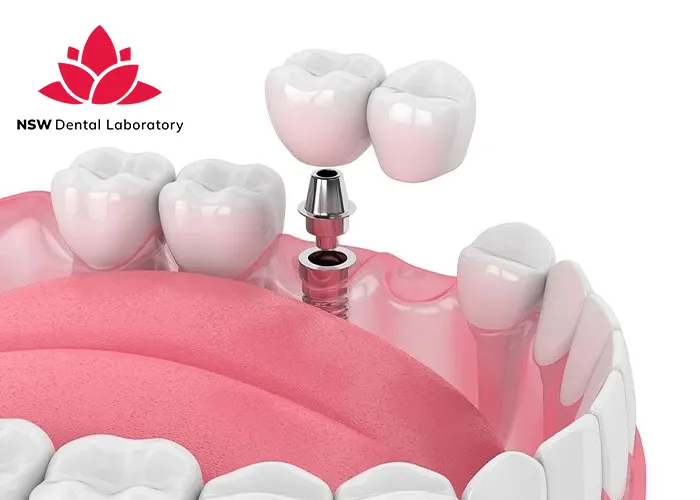
- A Maryland bridge is a conservative solution for replacing missing teeth, especially in the front of the mouth. It consists of a metal or ceramic framework with a false tooth attached to the back of adjacent teeth using resin for support. Since it does not require the removal of enamel from neighboring teeth, it helps preserve natural tooth structure. However, this also makes it less secure and stable compared to a traditional bridge.
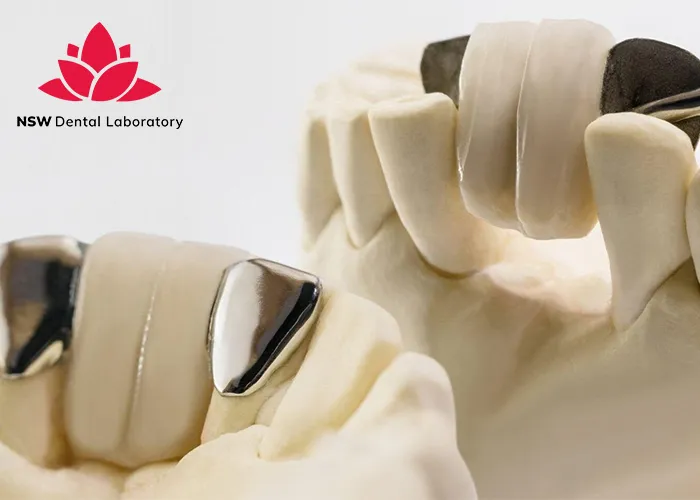
Maryland Bridge
- An Implant-Supported Bridge (Dental Implant Bridge) is similar to a traditional dental bridge, but it is anchored on dental implants rather than natural teeth. Dental implants are small, threaded titanium posts that replace missing tooth roots and are fixed into the jawbone.
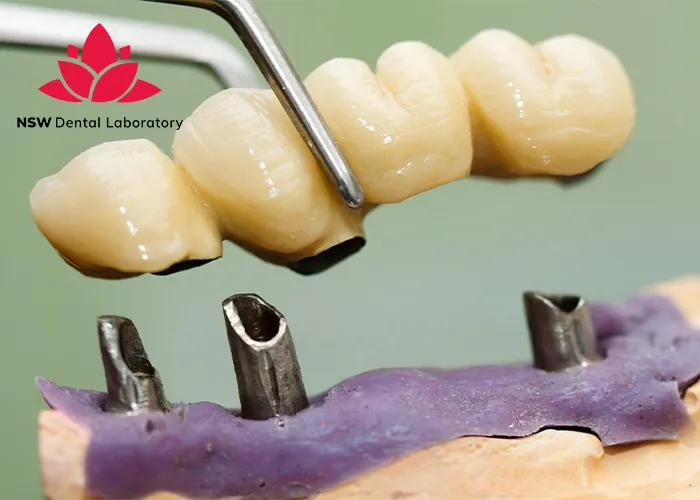
Implant-supported Bridge
Comparing the Pros And Cons Of Dental Crowns And Bridges
Dental Crown
Pros:
- Protects weakened, chipped, or damaged natural teeth.
- It can be placed on implants to replace missing teeth.
- Preserves natural teeth, helping to maintain jawbone structure.
- Provides natural aesthetics with various material options.
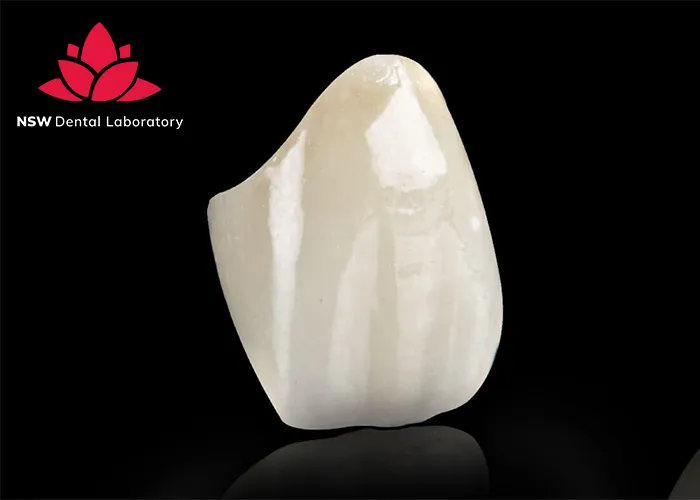
Cons:
- Requires reshaping natural teeth to create space for the crown.
- Cannot replace missing teeth without implant support.
- Costs may be high if the crown is made from premium materials.
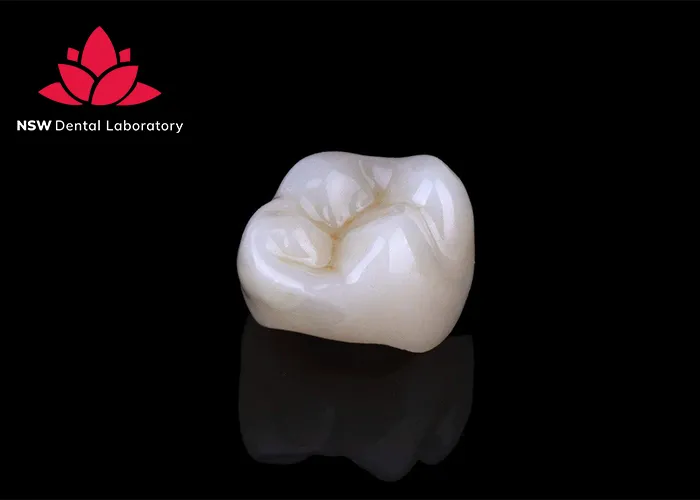
Dental Bridge
Pros:
- A natural solution for tooth loss without the need for implant surgery.
- Provides aesthetically harmonious restoration while restoring chewing function.
- Faster procedure compared to dental implant placement.
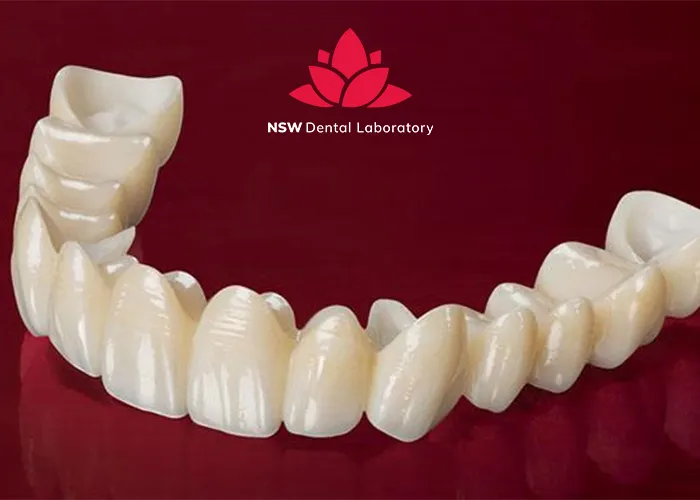
Cons:
- Requires trimming of adjacent abutment teeth, which may affect healthy teeth.
- Increases the risk of tooth decay or periodontal disease if not properly maintained.
- Does not prevent jawbone resorption caused by tooth loss.
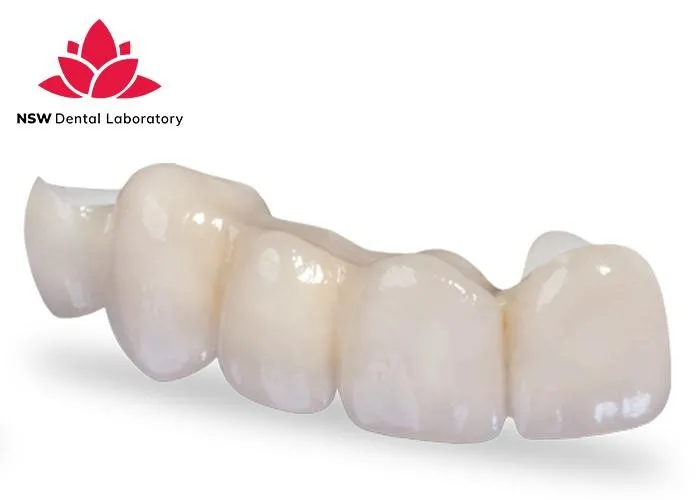
Make The Best Choice That Suits You
Although both dental crowns and bridges are effective tooth replacement options with similar appearance and function, they are fundamentally different types of dental restorations.
A dental crown is ideal for cases where a tooth is damaged, chipped, cracked, or has undergone root canal treatment. It helps protect and restore the natural tooth instead of extracting it. Crowns are also used in implant restorations, where they are placed on top of a dental implant to replace a missing tooth.

In contrast, a dental bridge is suitable for patients missing one or several consecutive teeth and seeking a quick restoration solution. It is an alternative for those who prefer not to undergo or are not eligible for implant placement. However, for a bridge to be successful, the adjacent teeth (abutment teeth) must be strong enough to support the prosthesis.

Ultimately, the decision between dental crowns and bridges depends on the patient’s specific oral condition. The best approach is to consult a dentist for a tailored treatment plan.
At NSW Dental Lab, we take pride in manufacturing a full range of high-quality dental crowns and bridges, ensuring precise and reliable restorations that enhance dental practice efficiency while restoring patients’ oral health.

